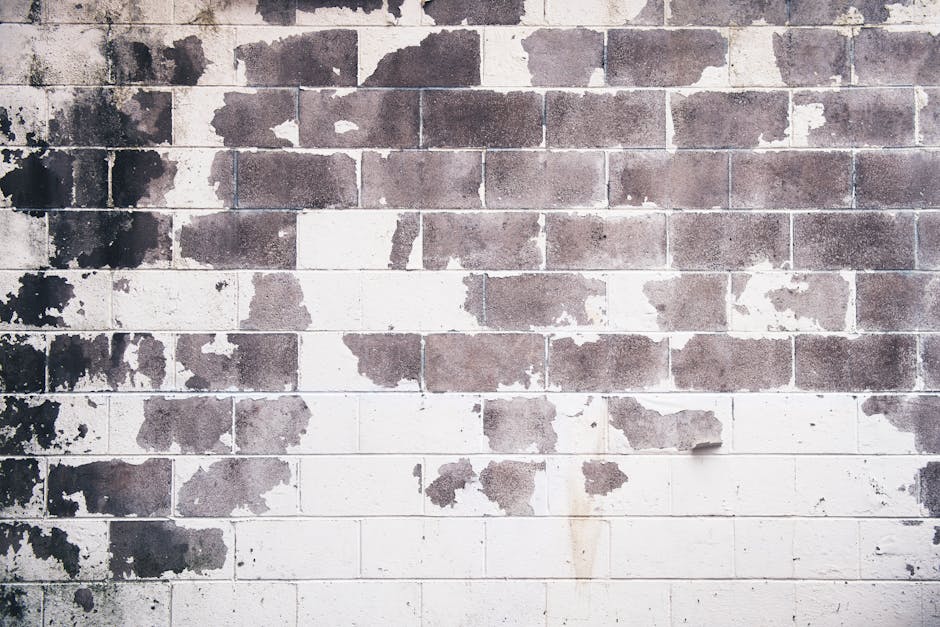Why proper preparation is crucial for exterior paint restoration
Proper preparation is key for a successful exterior paint restoration. Thoroughly cleaning the surface, repairing any damage, and applying primer are essential steps to ensure the new paint will adhere properly. Without proper preparation, the new paint may not last as long or look as good as it should.
Understanding the condition of the paint
Inspect the exterior paint carefully before starting any restoration work. Look for signs of peeling, cracking, fading, or discoloration. These issues can indicate underlying problems that need to be addressed before painting. Peeling paint may be due to poor adhesion, moisture problems, or inadequate surface preparation. Cracking can be caused by age, weather exposure, or structural movement. Fading is often the result of sun damage, while discoloration may be due to mold, mildew, or other environmental factors. Identifying and understanding the condition of the paint is crucial for a successful restoration project.
Steps to assess and clean the surface
To properly prepare for restoring the exterior paint of your home, you need to first assess the surface and then clean it thoroughly. Begin by examining the paint to identify any peeling, cracks, or areas of damage that need attention. Next, clean the surface using a gentle soap, water, and a scrub brush to remove dirt, grime, and any loose paint. Be sure to rinse the area well to ensure a clean surface for the restoration process.
Importance of surface repair and priming
Proper preparation of the surface before painting is crucial for a successful exterior paint job. Surface repair and priming are essential steps to ensure the paint adheres well and lasts longer. Here’s why:
- Surface repair helps to fix any damages or imperfections on the surface, creating a smooth and even canvas for the paint to adhere to.
- Priming helps to seal the surface, prevent moisture from seeping in, and improves paint adhesion, leading to a more durable and long-lasting finish.
By investing time in surface repair and priming, you can ensure that your exterior paint restoration project will have a professional and lasting result.
Choosing the right paint for restoration
When choosing the right paint for exterior paint restoration, consider the following factors:
-
Type of Surface: Different paints work better on certain surfaces.
-
Weather Resistance: Ensure the paint is suitable for the weather conditions in your area.
-
Color Selection: Choose a color that complements your home’s exterior.
-
Durability: Opt for a paint that can withstand external elements for a longer-lasting finish.
Tools and materials needed for proper preparation
To properly prepare for restoring exterior paint, you’ll need essential tools and materials like sandpaper, paint scraper, pressure washer, drop cloths, masking tape, caulk, putty knife, primer, and high-quality exterior paint. These items are crucial to ensure a smooth and durable finish for your paint restoration project.
Techniques for effective surface preparation
To achieve a successful exterior paint restoration, proper surface preparation is critical. Here are some key techniques to ensure an effective preparation process:
-
Cleaning: Before starting any paint restoration, the surface must be thoroughly cleaned to remove dirt, grime, and any previous coatings. This can be done using a pressure washer, scrub brush, or specialized cleaning solution.
-
Sanding and Smoothing: After cleaning, the surface should be sanded to create a smooth and uniform texture. This step helps the new coat of paint adhere properly and results in a professional finish.
-
Repairing Damage: Inspect the surface for any cracks, holes, or damaged areas. These should be repaired using appropriate fillers or patching compounds to ensure a seamless final paint job.
-
Priming: Applying a primer is essential to create a strong bond between the surface and the new paint. Primer also helps to prevent any underlying stains or colors from bleeding through the fresh coat of paint.
-
Masking and Protecting: Before painting, mask off any areas that should not be painted, such as windows, trim, or fixtures. Additionally, use drop cloths or protective coverings to shield surrounding surfaces from paint splatter.
By following these techniques for effective surface preparation, you can ensure a durable and visually appealing exterior paint restoration.
Tips for applying paint evenly and efficiently
To apply paint evenly and efficiently, start by cleaning the surface thoroughly. This includes removing any dirt, grease, or old paint. Sand the surface to create a smooth base for the new paint to adhere to. Use a high-quality brush or roller for a smoother finish. Work in small sections and apply the paint in thin, even coats. Avoid overloading the brush or roller to prevent drips. Let each coat dry completely before applying the next one. Consider using a paint sprayer for larger areas for a more uniform finish.
Maintaining the restored exterior paint
To maintain the restored exterior paint, it’s essential to regularly inspect the painted surfaces for any signs of wear or damage. Clean the painted areas gently with a mild soap and water solution to remove dirt and debris without causing harm to the paint. Avoid using harsh chemicals or abrasive scrubbers that can strip away the paint’s protective layer. In case of any chips or peeling, promptly touch up those areas with matching paint to prevent further deterioration. Regular maintenance is key to preserving the longevity and appearance of your exterior paint restoration.
Conclusion: The impact of thorough preparation on paint restoration
Proper preparation is crucial for a successful exterior paint restoration project. Thorough preparation ensures that the paint adheres well to the surface, resulting in a longer-lasting finish. It helps in creating a smooth and even surface, preventing issues like peeling, chipping, or bubbling. By taking the time to prepare the surface correctly, you can enhance the durability and overall quality of the paint job. Remember, a well-prepared surface is the foundation for a flawless paint restoration outcome.



